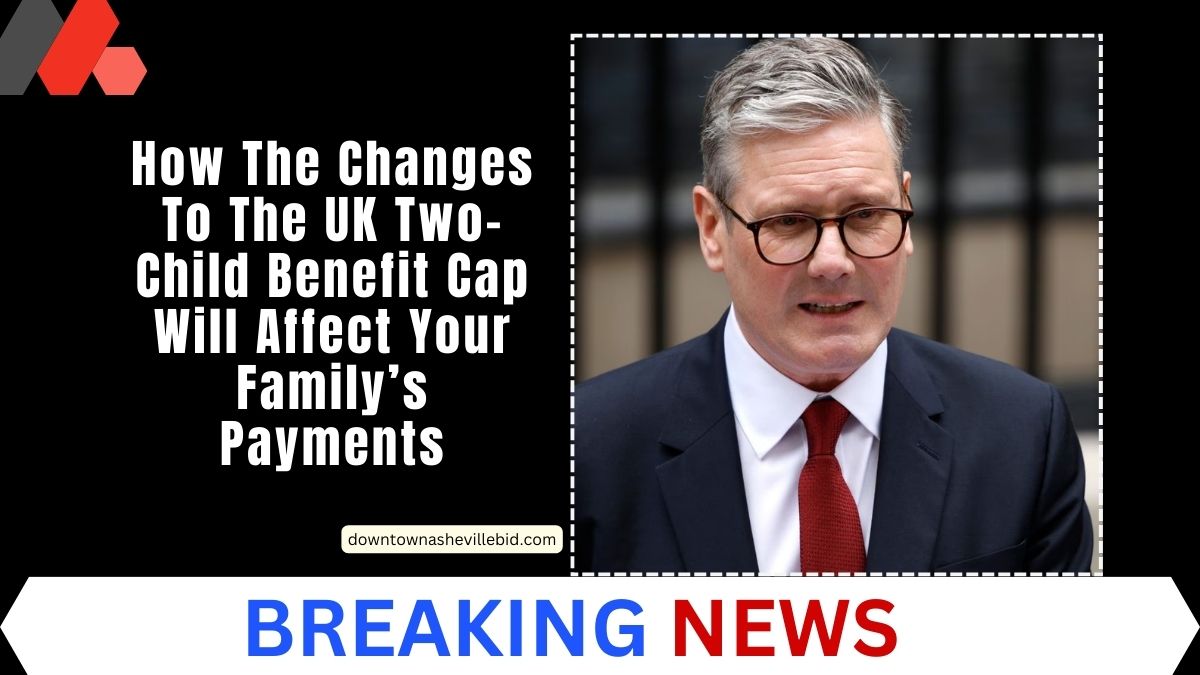The UK’s two-child benefit cap, introduced in 2017, limits the number of children for whom families can receive means-tested benefits such as Universal Credit and Child Tax Credit.
Initially, this policy restricted support to the first two children, with certain exemptions. As of 2025, the government is reviewing this policy, considering reforms aimed at reducing child poverty while managing fiscal responsibilities.
Current Structure of the Two-Child Benefit Cap
Under the existing system, families are eligible for benefits for only their first two children unless they meet specific exemption criteria. These exemptions include:
- Multiple Births: Twins, triplets, etc., born in the same pregnancy.
- Adoption: Children adopted from local authority care.
- Kinship Care: Children cared for by relatives other than parents.
- Non-Consensual Conception: Children conceived as a result of rape.
Families with a third or subsequent child born after April 6, 2017, who do not qualify for these exemptions, do not receive additional financial support through these benefits.
Impact on Families
Approximately 450,000 families, affecting around 1.6 million children, are impacted by this cap. The annual financial loss per additional child can be up to £3,455, contributing to increased child poverty rates.
Proposed Reforms
To address these concerns, the government is considering several reforms:
- Exemption for Children Under Five:
- Removing the cap for children aged under five to provide early-life support during critical developmental years.
- Exemption for Disabled Children:
- Allowing families with disabled children to receive benefits beyond the first two, acknowledging the higher costs associated with disability.
- Support for Working Families:
- Extending benefits to families where both parents are employed, aiming to reduce poverty without discouraging work.
- Increased Payments for Young Children:
- Raising benefit amounts for children aged 0–3 to offer targeted assistance during early childhood.
- Child Benefit Lock:
- Implementing a policy to ensure child benefit payments rise annually in line with inflation or earnings, preserving their value over time.
Financial Considerations
Fully removing the two-child limit is estimated to cost around £3.6 billion per year. Therefore, the government is exploring targeted reforms as more fiscally viable alternatives.
Scottish Government’s Position
The Scottish Government has pledged to abolish the two-child benefit cap by 2026, aiming to lift approximately 15,000 children out of poverty. This initiative includes:
- Removing the cap within devolved areas.
- Enhancing social safety nets for low-income families.
What Families Can Do Now
- Verify Eligibility: Check if your family qualifies for any of the existing exemptions.
- Utilize Benefits Calculators: Use tools like Turn2Us or EntitledTo to explore potential eligibility for additional support.
- Seek Advice: Contact welfare advisors or organizations such as Citizens Advice for personalized guidance.
- Stay Informed: Keep abreast of government announcements regarding policy changes and how they may affect your family.
The proposed changes to the two-child benefit cap represent a significant shift in UK welfare policy, aiming to alleviate child poverty and support families more effectively.
It’s crucial for families to understand these potential reforms and assess how they may benefit from them. Staying informed and proactive will ensure that families can navigate these changes successfully.
FAQs
Will the two-child benefit cap be completely removed?
Currently, the government is considering targeted reforms rather than a complete removal, due to financial implications.
How can I find out if my family qualifies for the proposed exemptions?
Review the exemption criteria outlined above and consult with welfare advisors or use benefits calculators to determine eligibility.
When will these proposed changes take effect?
As of now, no specific implementation dates have been announced. It’s advisable to monitor official government communications for updates.

